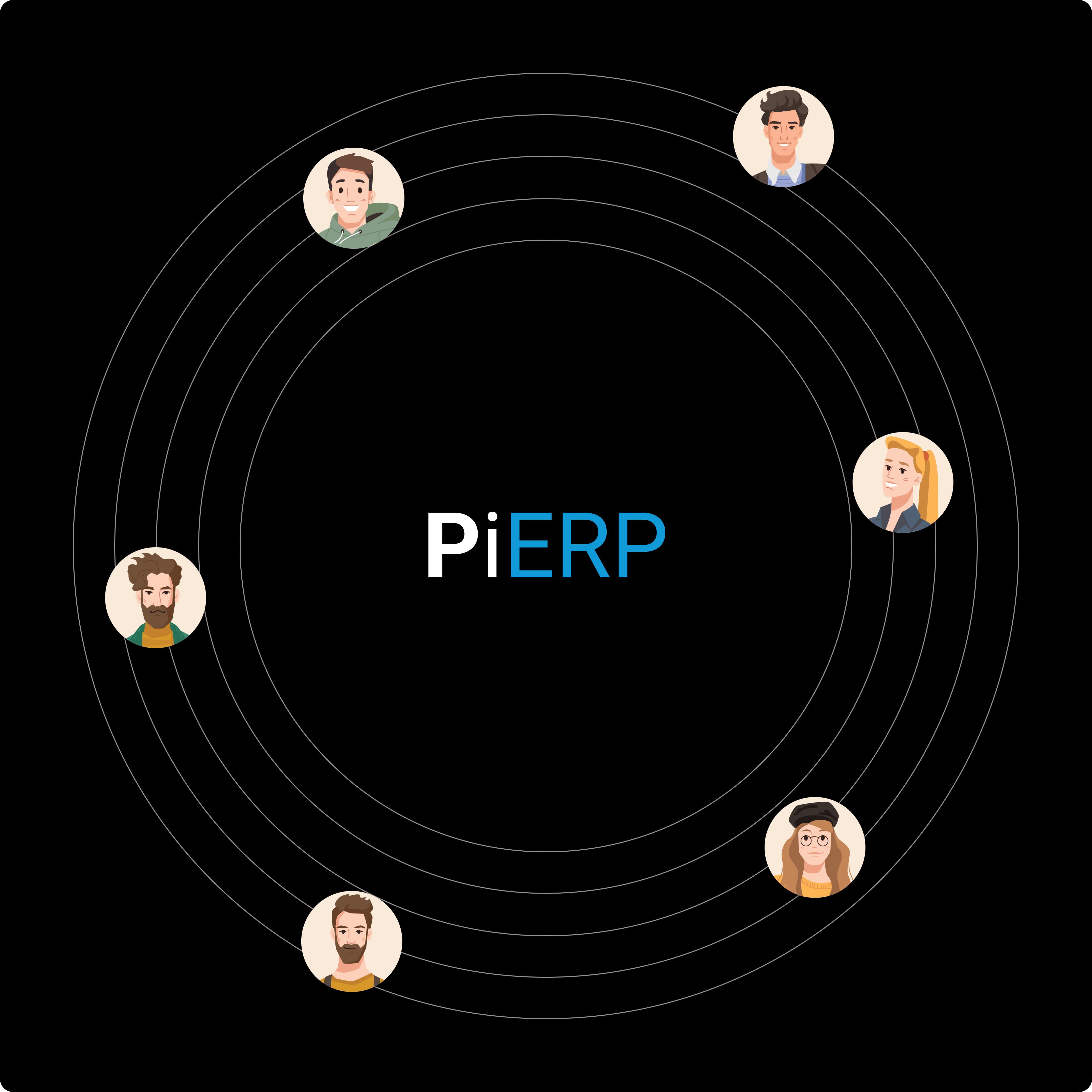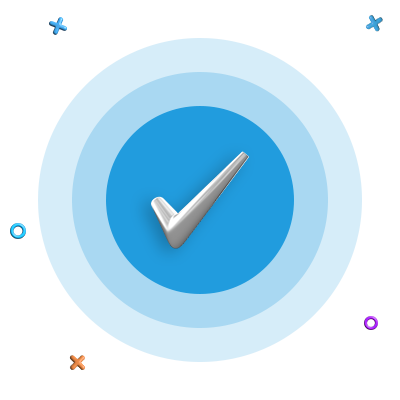In the digital age, businesses strive for efficiency, accuracy, and real-time insights. One major step in this direction is integrating Human Resources (HR) and Payroll functions into a centralized ERP (Enterprise Resource Planning) system. As companies grow, managing HR and payroll through disconnected systems can lead to errors, delays, and compliance issues. This is where ERP systems like PiERP make a critical difference.
Why HR & Payroll Integration Matters
1. Streamlined Data Management
Without integration, HR and payroll teams often rely on manual data entry across multiple platforms. This redundancy leads to inconsistencies and errors. A unified ERP system centralizes employee data, automates workflows, and reduces duplication.
2. Improved Accuracy and Reduced Errors
Payroll errors can cost businesses dearly — not just in terms of money but also employee trust and legal penalties. By integrating payroll with HR in an ERP system like PiERP’s Payroll Module, organizations can ensure accurate, real-time payroll processing based on up-to-date HR data.
3. Enhanced Compliance and Reporting
From tax regulations to labor laws, compliance is a moving target. Integrated systems offer built-in compliance features, timely updates, and detailed audit trails. PiERP ensures your organization stays compliant with ever-changing legal requirements.
4. Efficient Onboarding and Offboarding
When HR and payroll are integrated, onboarding becomes faster and smoother — from generating offer letters to assigning payroll codes. Similarly, offboarding is handled efficiently with automatic final settlements and documentation via the HRMS Module.
5. Cost Savings and Productivity Boost
Integrated ERP systems reduce administrative overhead, eliminate repetitive tasks, and enable HR professionals to focus on strategic initiatives. Automation minimizes errors, speeds up processing, and enhances overall productivity.
6. Better Decision-Making with Real-Time Insights
With all employee data in one place, businesses can generate powerful analytics and reports. From workforce planning to budget forecasting, integrated systems provide HR leaders with actionable insights.
Challenges of Disconnected Systems
Organizations using standalone HR and payroll solutions often face:
- Manual data entry leading to errors
- Lack of synchronization between departments
- Delayed payroll processing
- Limited reporting capabilities
- Higher administrative burden
These challenges not only waste time and resources but also hinder organizational growth.
How PiERP Solves the Integration Problem
At PiERP, we understand the importance of seamless operations. That’s why our ERP solution offers:
- A fully integrated HRMS and Payroll module
- Automation of key HR and payroll processes
- Compliance-ready frameworks
- Easy-to-use dashboards and analytics
- Scalable architecture for growing businesses
Whether you're a startup or an enterprise, PiERP enables smooth integration across all HR functions, making payroll processing faster, error-free, and compliant.
Conclusion:
In today’s fast-paced business world, integrating HR and payroll within an ERP system is not just a luxury — it’s a necessity. It leads to streamlined processes, better compliance, real-time insights, and significant cost savings. With PiERP, businesses can unlock the full potential of HR and payroll integration, driving growth and efficiency.
Ready to modernize your HR and payroll operations? Explore PiERP’s ERP Solutions today and transform the way you manage your workforce.






